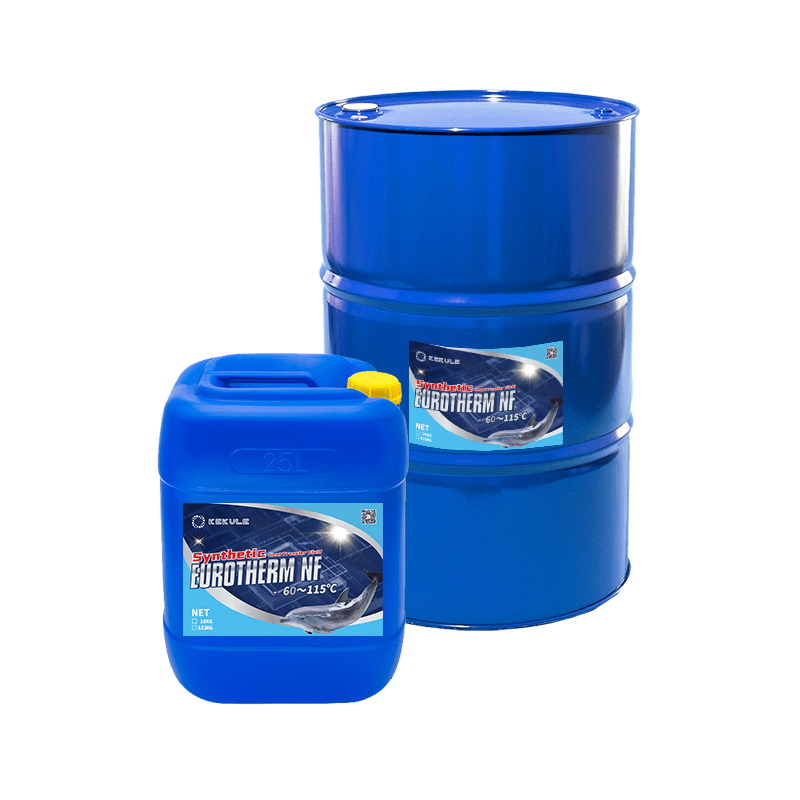Little Known Facts About Chemie.
Little Known Facts About Chemie.
Blog Article
Some Known Questions About Chemie.
Table of ContentsSome Known Questions About Chemie.The Best Strategy To Use For ChemieSee This Report on Chemie4 Easy Facts About Chemie DescribedFascination About ChemieOur Chemie Ideas
(https://www.easel.ly/browserEasel/14548613)Calculated modification in electric conductivity of liquid examples as a function of time when stirred with the material example in the closed indirect air conditioning loophole experiment. Number 6 shows the modification in the measured electric conductivity of the liquid examples when mixed with the resin sample. The conductivity of the water example from the closed loophole experiment minimized by about 70% from 11.77 S/cm to 3.32 S/cm in 6 hours.These outcomes showed that the ability of the material relies on the test liquid made use of for the experiment. This reveals that different ions existing in the liquid will lead to various ion exchange ability of the fluid. Determining the ion exchange material capability with the liquid sample from the real air conditioning loop is vital.
The Only Guide for Chemie
As a result, an ion exchange material cartridge consisting of 20g of Dowex blended bed resin might take on order 938 days to saturate. To put it simply, to maintain a reduced electrical conductivity, a resin cartridge with the measurement and weight requirements as that of the resin cartridge made use of in the experiment, need to be transformed every 30 months for the air conditioning system that was used in the experiment
The air conditioning of digital components has become a major challenge in current times because of the developments in the style of faster and smaller parts. As a result, different air conditioning modern technologies have been established to effectively get rid of the heat from these components [1, 2] The use of a liquid coolant has come to be appealing as a result of the greater heat transfer coefficient attained as compared to air-cooling.
The 5-Second Trick For Chemie
A solitary phase cooling loophole includes a pump, a warmth exchanger (cool plate/mini- or micro-channels), and a warm sink (radiator with a follower or a liquid-to-liquid warm exchanger with chilled water cooling). The heat resource in the electronic devices system is affixed to the warmth exchanger. Liquid coolants are also utilized in two-phase systems, such as warm pipelines, thermo-siphons, sub-cooled boiling, spray cooling, and direct immersion systems [2, 4]
The needs may differ relying on the kind of application. Following is a list of some basic requirements: Good thermo-physical properties (high thermal conductivity and particular warm; low thickness; high latent warmth of dissipation for two-phase application) Low cold point and burst point (often ruptured security at -40 C or reduced is required for delivery and/or storage space objectives) High atmospheric boiling factor (or reduced vapor pressure at the operating temperature level) for single phase system; a slim preferred boiling factor for a two-phase system Good chemical and thermal stability for the life of the electronic devices system High flash factor and auto-ignition temperature level (often non-combustibility is a requirement) Non-corrosive to materials of building (metals along with polymers and various other non-metals) No or minimal regulative constraints (eco friendly, nontoxic, and possibly biodegradable) Cost-effective The most effective electronic devices coolant is a cost-effective and harmless fluid with exceptional thermo-physical properties and a lengthy solution life.
Chemie Things To Know Before You Get This
Most of these liquids have a non-discernible smell and are safe in situation of contact with skin or intake. As mentioned previously, aliphatic PAO-based liquids have actually replaced the silicate-ester fluids in a range of armed forces electronic devices (and avionics) cooling down applications in the last years. One more course of prominent coolant chemistry is dimethyl- and methyl phenyl-poly (siloxane) or commonly called silicone oil.
Of all, these fluids are non-combustible and safe. Some fluorinated substances have no ozone depleting prospective and other ecological properties.
This coolant is categorized as hazardous and should be taken care of and disposed of with care. The top quality of water made use of for the preparation of a glycol solution is extremely essential for the system.
A Biased View of Chemie

Apart from lack of poisoning, it has no benefits over ethylene glycol, being greater in price and more thick. This is an inexpensive antifreeze service, locating usage in refrigeration services and ground source heatpump. Similar to glycols, this can be inhibited to stop rust. This fluid can be used down to -40 C owing to its fairly high price of warmth transfer in this temperature array.
It is considered even more dangerous than ethylene glycol and consequently has actually discovered usage only for process applications situated outdoors. Methanol is a flammable liquid and, as such, introduces a possible fire hazard where it is stored, managed, or used. This is a liquid service of denatured grain alcohol. Its primary advantage is that it is non-toxic.
Chemie for Beginners
As a combustible fluid, it calls for certain preventative measures for dealing with and storage space. Aqueous remedies of calcium chloride locate vast use as circulating coolants in food plants. It is non-flammable, safe and thermally extra effective than the glycol remedies. A 29% (by wt.) calcium chloride option has a freezing point below -40 C.

Report this page